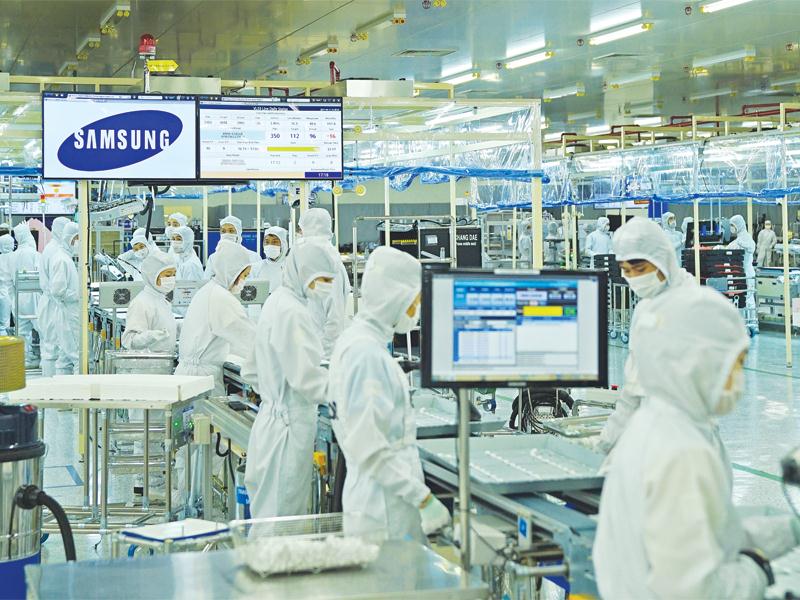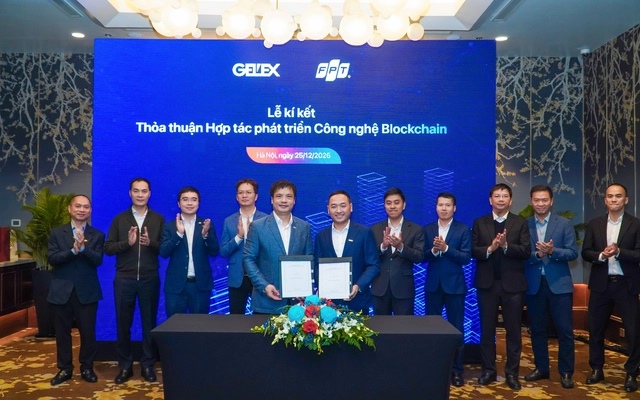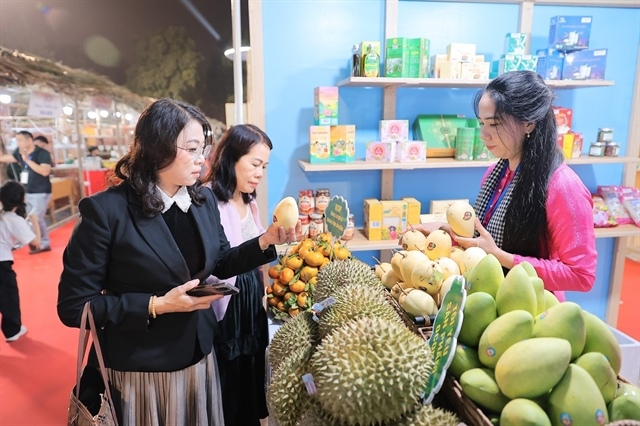Samsung’s weighty contribution to Vietnamese economy
Samsung’s weighty contribution to Vietnamese economy
By expanding its businesses in Vietnam, Samsung’s contribution to the Vietnamese economy is getting larger.

Huge manufacturing complexes
Samsung has several huge manufacturing complexes in Vietnam. Its subsidiary Samsung Electronics already has three complexes in Bac Ninh Province (SEV), Thai Nguyen Province (SEVT), and Ho Chi Minh City (SEHC), with a total investment value of $9.5 billion.
While SEV and SEVT have become familiar with the Vietnamese people, as these two complexes have been operating for many years and have contributed significantly to the Vietnamese economy and society, SEHC is brand new. Being launched in the middle of last year with a total investment of $2 billion, SEHC manufactures complete television units and consumer electronic products, such as vacuum cleaners, washing machines, and fridges.
Compared to Samsung’s previous television manufacturing plant in Thu Duc district (Ho Chi Minh City), SEHC in on a whole different scale and technological modernity. The large factory buildings were constructed on a 94-hectare area, and according to Samsung, all the production lines are the most modern available freshly imported for the production of high-end product lines, such as TV SUHD, Smart TV, and LED TV.
At the time VIR’s reporters visited SEHC in the middle of April 2017, it was focusing on the production of QLED televisions, the most high-end product line of Samsung available domestically and internationally. SEHC specifically reserved a special manufacturing area, called LCM, to manufacture screens, the part accounting for 70 per cent of televisions’ value. This place must be kept absolutely clean, so the production process is very strict: all components, devices, and employees must be “clean” before entering this area.
With the capacity of 40,000 LCM products each day, this production line not only supplies enough components for SEHC but 30 per cent of its capacity goes to export.
“There are not many Samsung plants in the world that can manufacture LCM screens. This technology is considered an original production process, which means that Samsung highly appreciates its Vietnamese operations,” a Samsung’s representative told VIR.
Despite only being launched for a short time, SEHC now has an average capacity of about 1.1 million products each month. Beside semi-finished products, 80-90 per cent of SEHC’s finished products are exported. In particular, the consumer electronic products are exported to 75 markets and the audio visual products are exported to 60 markets.
Samsung’s mobile device manufacturing complexes in Thai Nguyen Province and Bac Ninh Province, both larger in scale than SEHC, are faring similarly. At present, the mobile devices of SEV and SEVT are exported to 78 markets. 40 per of Samsung mobile devices in the world are manufactured in Vietnam. With over 110,000 employees, Samsung Vietnam now employs one third of the total Samsung Electronics staff all over the world.
The whole economy depends on Samsung?
The statistics of Vietnam’s socioeconomic situation in the first quarter of 2017 indicate that the GDP growth rate was 5.1 per cent only. According to some regulatory authorities, this fairly low percentage resulted from the decreasing production of Samsung during the observed period.
Samsung’s decreasing production may derive from the Note 7 incident last year. It is not clear yet whether Samsung is the reason behind the decline in Vietnam’s GDP in the first quarter of 2017, but it seems that Samsung is playing an increasingly important role in the growth of the Vietnamese economy.
Thus, when discussing the movements of the Vietnamese economy in the rest of the year, experts again mentioned Samsung. Accordingly, when Samsung increases its production in the second quarter, the Vietnamese manufacturing industry will recover, thereby pushing economic growth.
Bang Hyun Woo, deputy general director of Samsung Vietnam, said that last year, despite the incident of Note 7, SEV and SEVT still had an export turnover of $36.2 billion. In total, all Samsung manufacturing activities in Vietnam generated a revenue of $46.3 billion. Of the total, the revenue from exports was $39.9 billion, an increase of 9.9 per cent compared to 2015.
In the middle of April 2017, when visiting SEVT, VIR’s reporters saw that the $5-billion production line was focusing on the production of new smartphones Galaxy S8/S8+. According to its schedule, on May 5, these smartphones will be officially sold in Vietnam as well as in global markets.
After the Note 7 incident, Samsung is now very careful in producing and testing the S8/S8+ devices. All products are tested for 72 hours, instead of the two hours of the previous practice, to ensure that there will be no defect or incident. In the reliability test lab, the product safety testing department now added an explosion testing stage, and additional tests to verify the products’ ability to withstand force, temperature, and chemicals.
This is the reason why Samsung believes that the S8/S8+ will generate a significant revenue, as the rising demand will bring about increasing production, thereby increasing SEV and SEVT’s production and export value.
Samsung expected that SEV and SEVT’s export turnover will increase by 10 per cent compared to last year, reaching $40 billion this year.
In addition, when SEHC stabilises operation during this year, its export turnover will increase by about $4 billion, while last year’s export turnover was $1.7 billion only. Thus, these three Samsung complexes will contribute $44 billion to Vietnamese exports. Almost no other domestic enterprise can contribute such a large amount to Vietnamese exports.
None of these calculations include the manufacturing and export activities of Samsung Electro Mechanics Vietnam in Thai Nguyen Province or Samsung Display in Bac Ninh, which has increased its investment to $6 billion. If it is counted, it is estimated that Samsung’s export turnover will be $50 billion this year, a remarkable increase in comparison with the $39.9 billion of last year.





















